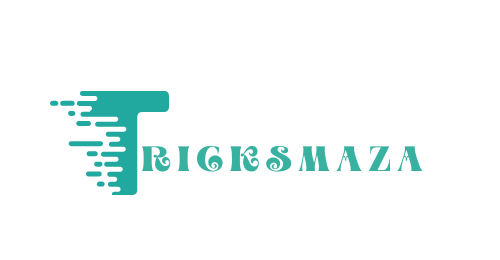In a short amount of time, Godot has gained popularity among indie developers and hobbyists due to the might of its power, versatility, and open-source nature. The 2D and 3D game creation ability makes Godot appealing mostly for mobile game development. Here we will discuss the benefits of using Godot for mobile games, the key features that make it suitable, and some tips to help you get started.
Why Use Godot for Mobile Game Development?
Free and Open Source
The best thing about the Godot Engine is that it is free and open-source. Thus, the developers need not worry about any licensing fees or revenue sharing. That is very helpful for indie studios, given their limited budgets. Also, the large and active community contributes to a wealth of resources tutorials, and plugins available.
Cross-platform support
Godot engine allows you to deploy on different platforms. This implies you can develop your game once and deploy it across various devices with minimal effort in addition. The export system makes this easier by packaging your game for release on different platforms.
User-friendly interface
The interface from Godot is intuitive for new developers and experienced developers. Godot’s scene-building system establishes clear hierarchies and organization that can set up game elements without cluttering the screen with new assets. It is just easy with drag and drop functions, which makes the entire development process pretty simple and coherent.
GDScript, and Visual Scripting
Godot runs on GDScript, which is a Python-like scripting language designed especially for game development. It’s highly understandable, powerful, and hence apt for both new and experienced developers. Godot uses visual scripting. As a result, developers who are not code people but prefer graphics over codes can develop their logic.
Key Features for Mobile Games Development
Compact 2D and 3D Support
Godot includes everything you need to build a 2D platformer or a 3D adventure game in one engine. Rich feature sets for both dimensions are provided, including built-in physics, animations, and shaders. This allows developers to choose the best format for their game idea.
Scene System
This allows the scene system in Godot to be a core part of its functionality. Each scene is capable of either being a game level, character, or any game object, and it is actually by this modularity that the game can be broken down into easily manageable parts, thus streamlining cooperation and iterating through designs more efficiently.
Performance Optimization
Godot is equipped with useful tools for performance optimization. One of the most important things about mobile game development, one maintains a thing in an optimal state, and Godot is able to make this happen through features such as texture atlases, scene instancing, and even built-in profiling tools. Memory management, and rendering pipeline can easily be customized to enhance overall performance.
Input Handling
Godot makes it easy to manage input for a wide range of devices, including touch screens and gamepads. You can easily configure your input actions for each of the devices in the Input Map and thus easily follow up with responsive controls in your mobile game.
Introduction to Godot for Mobile Game Development
Set up your environment
Download the latest version of Godot from the official website. Make sure you have the SDK downloaded for mobile development you plan to release it on mobile platforms, you’ll need Android Studio for Android deployment; for iOS, Xcode needs to be installed on your Mac.
Your First Project Launch
Godot Open the application and create a new project. Take some time to familiarize yourself with the layout of the editor, including the Scene panel, Inspector, and Node hierarchy Create a new scene and add some basic nodes, such as Sprite and Label, to get a feel for how the scene system works.
Exporting for Mobile
To export your project for mobile, go up the menu to “Project” and click on “Export.” You will have to set up export templates for a target platform. For Android, you configure the package name, version code, and more. For iOS, you simply need to set up your project correctly with the right certificates and provisioning profiles.
Testing on Devices
Testing is another very important area in the development of mobile games. Use Godot’s feature to run the projects directly on your connected device and test the performance and controls in real-time. Don’t miss out on testing on a range of devices for compatibility and responsiveness.
Iterate and Optimize
While developing your game, gather feedback and continually iterate through your design. Use the Godot profiling tools to monitor performance and identify bottlenecks. Optimize graphics, audio, and code to enhance the user experience.
Conclusion
All of these and other characteristics of the Godot Engine make it one great choice for mobile game development. Being open-source, cross-platform capable, and having an easy-to-use interface makes developers empowered to bring out interesting applications minus the constraints of a traditional set of engines. Whether it’s an indie developer or a hobbyist, Godot engine games do give the tools to bring such mobile game ideas to actual existence.
To able to improve your game development for mobile with the help of Anitya, it is a platform empowering developers in extensive resources, tools, and community engagement. Learn and improve your skills with a platform and elevate your projects. Bring your adventure in mobile gaming to new heights with the Godot Engine.
Also read: Unity Game Engine: Top Features and Benefits



More Stories
PVD-Coated vs. Traditional Furniture: Who win?
PCD Pharma Franchise Company in Baddi: Oasis Bio Bloom
Brass Hose Fittings: Perfect for Any Industry